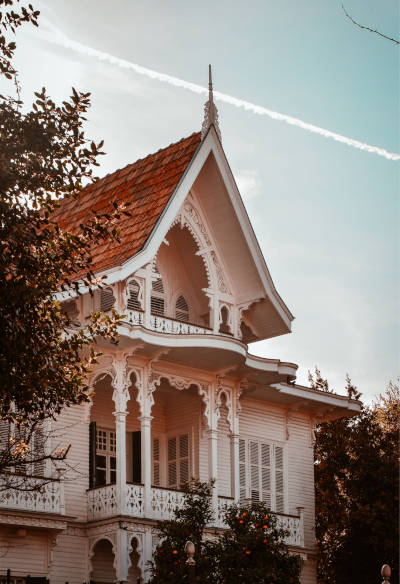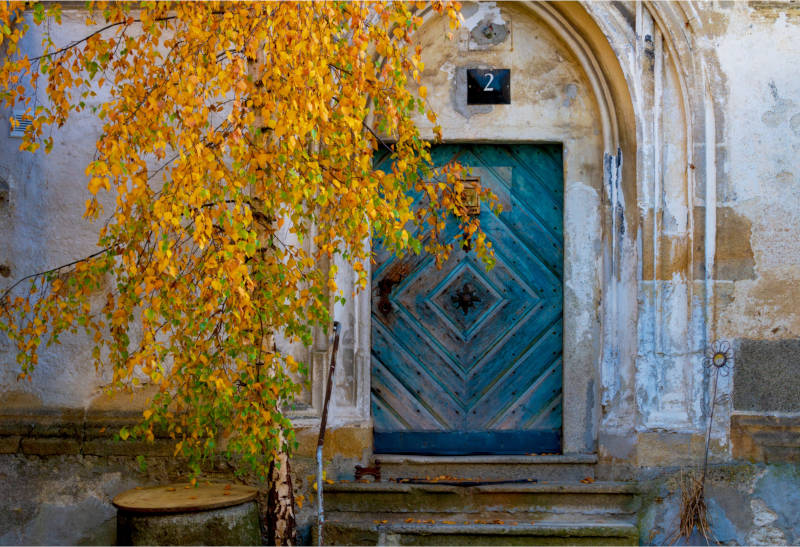Perhaps you are thinking of buying a house, and you are wondering if you should go for an old house or a new house? Are you unable to decide whether old houses are built better than new houses? When buying a house, you may have to decide between an old house or a new house.
Old houses can be built better than new houses. They can come with benefits like high-quality construction, intricate plaster work, veneers and decorative facade details. This is detailed work that builders generally do not provide today. But an old house might require costly replacement of electrical, plumbing and insulation materials.
The Advantages of Old Houses
There are old houses that have been standing for decades. Some of these old houses have even been standing for over a century. This is because they were usually built by genuine and old-fashioned craftsmen who employed meticulous attention to detail.
Old houses are usually built with more durable materials, which make them last a very long time. New houses are typically built with lower-grade building materials that make them look cheap and degrade quickly. The result of this is more maintenance and repairs.
So, the saying “they don’t build them like they used to” is generally true for old houses. If you buy a house that has managed to stand firm for over a hundred years, it will likely continue to stand firm for another hundred years or more.
Old Houses Can Have Character and Charm
 Ever walked into a house and been in awe of the intricate ceiling roses, architraves, arched hallways. Not to mention on the outside you might get beautiful arched brick, ornate moulded facade details surrounding the verandah and handmade tiles.
Ever walked into a house and been in awe of the intricate ceiling roses, architraves, arched hallways. Not to mention on the outside you might get beautiful arched brick, ornate moulded facade details surrounding the verandah and handmade tiles.
Old houses were usually built with the wants and needs of the owner in mind. There is a certain character and charm that old houses possess that is lacking in new houses.
If you want a special house, that has an ornate design, it is unlikely you will buy new. Even if you were to find tradesmen with the skills to create such features, it would be extremely expensive. You would be much better off buying an old house and fixing it up than starting from scratch.
Due to the increasing demand for old houses and the decreasing supply of said houses, homebuilders strive to build new homes as fast as possible. Not only that, with the rise in housing prices, consumers are generally after the cheapest materials possible. A cheap and fast build does not match with an artisan tradesman spending significant time of aesthetic features.
This means that the glut of new houses on the market may look very similar to each other.
Old Houses Are Often Bigger and Have Larger Yards
There was a higher availability of land decades or centuries ago when old houses were built. Back then, the price of land was much lower, which meant that the square footage of old houses was higher. This contrasts with newly built houses that usually have lower square footage.
In addition, old houses were generally built on larger plots of land and had larger yards. A larger yard means that a homeowner has more space to plan and build an extension to an old house if desired (subject to planning permission). The owner of an old house with a large yard can also sell off part of the land to a housebuilder, bringing in extra income.
Old Houses Can be Cheaper
Although the cost of a house will depend on its size, location, and condition, old houses are generally cheaper than new houses. A new house will generally cost more to purchase than an old house in the same area and of the same size. If you are building a house, not only do you often pay more, but you can find yourself paying for the house in increments and paying interest on these payments before you even step foot in the door!
Old Houses Are Often More Centrally Located
Because old houses were built decades ago when land was cheaper and more readily available, they are usually located closer to city centres. New houses are typically constructed far away from city centres, which means a longer commute into the city for work or other leisurely activities. New construction in city centres tends to lean towards multi-storey apartments.
Even though old houses have their advantages, they also come with some disadvantages, which will be discussed below.
Older Houses Usually Have Old Technology
Old houses will usually have older technology or no technology at all. Old houses typically come with ancient wiring, heating, plumbing, and insulation. This usually leads to costly repairs when things go wrong.
Because the technology in old houses may be outdated, the spare parts needed to carry out repairs and maintenance may no longer be available on the market. This may necessitate the complete replacement of plumbing, heating, air-conditioning, and other systems when things go wrong.
Higher Cost of Home Insurance
Homeowners’ insurance is something that many buyers forget to consider when buying a house. Old houses usually come with more risks. Many insurers are typically unwilling to pay for the unforeseen circumstances that old houses are often prone to. An old house with old wiring could be a potential and life-threatening fire hazard. Similarly, old plumbing can cause serious water issues. If an old house has an unstable concrete foundation, it can lead to severe and costly structural problems. So, an old house may cost its owner higher insurance premiums. In addition, the owner of an old house may also find it challenging to get complete insurance cover.
Older Houses Can Need More Maintenance
As with most things man-made, the older it gets, the more servicing, repairs, and maintenance it requires. This holds true for old houses. An old house will generally require a lot more maintenance than a new house, which means that you will end up spending more money if you buy an old house. When you buy a new house, you are generally sure that you will not have to carry out any kind of significant maintenance for several years. A new house will typically come with a brand-new HVAC system, hot water heater, and roof. However, you may be dealing with an old roof, an archaic HVAC system, and an outdated hot water heater in the case of an old house. Therefore, an old house may have a never-ending stream of repairs that need to be done to keep it safe and habitable.
Old Houses Are Often Less Energy Efficient
New houses are the clear winner when it comes to energy efficiency, especially in relation to modern cooling and heating systems. Because new houses have more efficient insulation and windows, they are less expensive to heat and cool than old houses. What this translates to is lower utility bills for new houses. Although an old house can be upgraded to improve its energy efficiency, this is an extra expense that one does not have to bear if they buy a new house.



